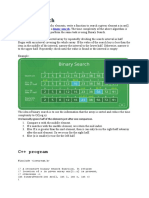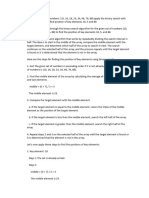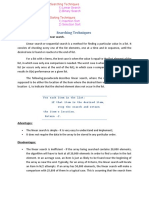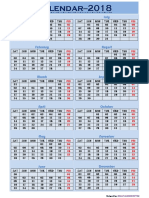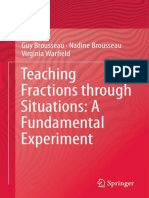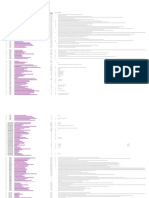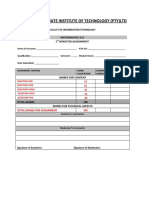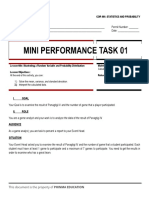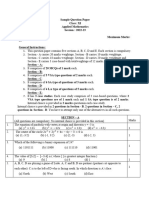0% found this document useful (0 votes)
105 views14 pagesModified Binary Search
The document discusses modified binary search algorithms to handle searching sorted arrays when the sort order is unknown, finding the ceiling and range of a number in a sorted array, and searching a rotated sorted array. It provides examples and solutions for each problem, including using comparisons between start, middle, and end indexes to determine which portion of a rotated array is sorted. Additional practice problems are given on counting rotations, finding floors in sorted arrays, and handling duplicates in rotated arrays.
Uploaded by
Nishat Mahmud RhythmCopyright
© © All Rights Reserved
We take content rights seriously. If you suspect this is your content, claim it here.
Available Formats
Download as PDF, TXT or read online on Scribd
0% found this document useful (0 votes)
105 views14 pagesModified Binary Search
The document discusses modified binary search algorithms to handle searching sorted arrays when the sort order is unknown, finding the ceiling and range of a number in a sorted array, and searching a rotated sorted array. It provides examples and solutions for each problem, including using comparisons between start, middle, and end indexes to determine which portion of a rotated array is sorted. Additional practice problems are given on counting rotations, finding floors in sorted arrays, and handling duplicates in rotated arrays.
Uploaded by
Nishat Mahmud RhythmCopyright
© © All Rights Reserved
We take content rights seriously. If you suspect this is your content, claim it here.
Available Formats
Download as PDF, TXT or read online on Scribd
/ 14







